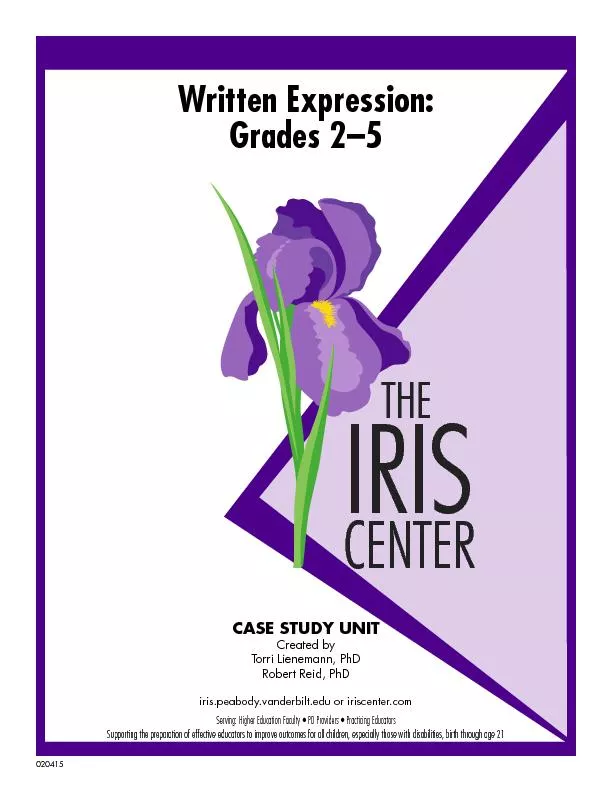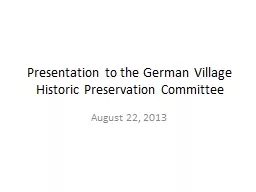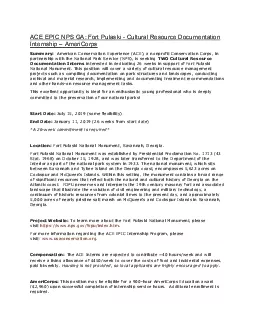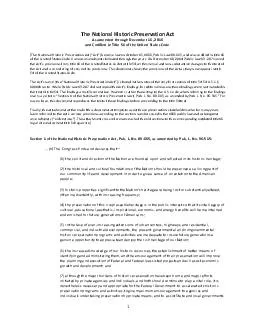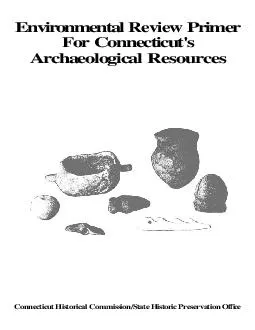PPT-historic iris Preservation
Author : cheryl-pisano | Published Date : 2017-08-13
society HIPS 2017 Notable Cultivars in Iris History 1 A presentation of important milestones in Tall Bearded Iris history 2 Iris PallIda Jean Baptiste Lamarck
Presentation Embed Code
Download Presentation
Download Presentation The PPT/PDF document "historic iris Preservation" is the property of its rightful owner. Permission is granted to download and print the materials on this website for personal, non-commercial use only, and to display it on your personal computer provided you do not modify the materials and that you retain all copyright notices contained in the materials. By downloading content from our website, you accept the terms of this agreement.
historic iris Preservation: Transcript
Download Rules Of Document
"historic iris Preservation"The content belongs to its owner. You may download and print it for personal use, without modification, and keep all copyright notices. By downloading, you agree to these terms.
Related Documents





